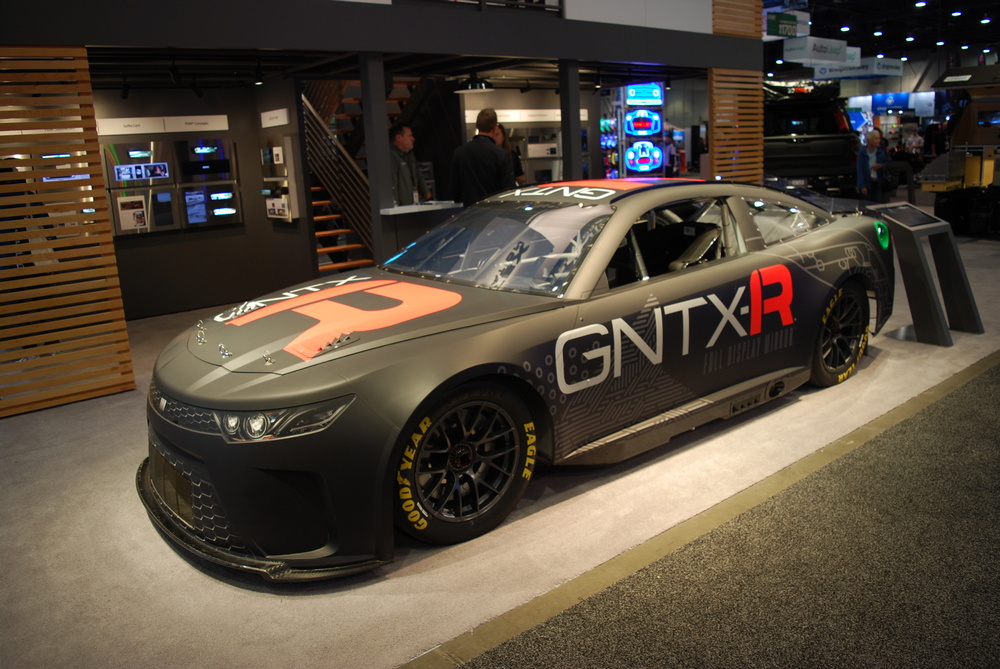It’s “take it back to the garage and rebuild it” season. These days, countless circle track cars are being torn down and improved for next year’s racing season.
New cars are being built, too, so shops are plenty busy. And that means everyone is looking for the latest go-fast, turn-left parts and supplies.
Where does your business fit into that nationwide game plan? Spring testing will be here before we know it, so now’s the time to check the pulse of the circle track market and find the fastest groove.
Suppliers are happy to help with thoughts on what to watch for and mistakes to avoid.
THE RACE IS ON
Last year was a good one for circle track racing. Car and spectator counts were up by most accounts, there was close competition everywhere and the economy didn’t throw any major curveballs.
“Motorsports has been strong across all forms of racing for us. In the circle track industry, it is really driven by the participants,” says Mark Beatty, brand director at Red Line Oil. “This group is dedicated to growing circle track racing and its fan base. I see it as a real grassroots effort by so many teams, and it’s working.”
It’s taken local tracks a few seasons to figure out how to bump up car counts, and the numbers now appear to be on a slow-but-steady increase. Of course, favorable conditions never hurt.
“Typically it’s weather, but in recent years it’s been the supply chain that we’ve been keeping an eye on,” says Graham Fordyce, circle track sales manager for Holley. “Things are improving, but there are still parts shortages.”
As the supply chain improves to match past performance and, most importantly, create and return customer confidence, it will include a big batch of attractive new components.
Dave Brzozowski, motorsports/racing manager at Wilwood Disc Brakes, offers areas of focus for professionals as the 2024 circle track season approaches.
“Continued product development based on team/builder feedback, on-track performance and expert tech help for specific markets,” he says.
WATCH OUT
With a strong, optimistic forecast, shops still need to watch for mistakes to avoid in this market. One is taking their processes for granted.
“Not getting all the information to correctly sell the customer exactly what he needs can be a mistake,” says Brzozowski. “One shoe doesn’t fit all.”
Most racers know there is more than one way to set up and equip a race car. The trick is finding all the pieces that work together for the specific project at hand.
Beatty praises shops that serve the circle track market, noting the vast majority he’s encountered “have smart, qualified employees and they understand their customers’ needs.”
His one caution is to do what’s best for the build every time, even if it takes a little more effort.
“A mistake I see is in some product categories. Shops might use something that is easy to get versus what is right to use for the customer.”
Of course, a long-term commitment to this practice is likely to lead to happy, repeat customers, so it’s worth it in the long run.
When it comes to the work itself, Fordyce offers one area of frustration.
“Hands down, the biggest installation issue is wiring, and the most common wiring issues are grounds,” he observes. “Teams worry about weight and skimp on wire gauge. The other issue is relying on the chassis as a ground plane. For modern digital electronic circuits, the chassis is a horrible ground. If you must use a portion of the chassis as a grounding point, the closer to where the battery is grounded, the better.”
There should be no welds or welded sections between the battery ground location and the locations for other ground connections, he continues.
“Find a section of chassis tubing that is convenient for all grounds and not near high current electronics such as the starter, alternator or fans,” he says.
LET’S GO RACING
There are plenty of reasons to be optimistic about the market, which has managed to maintain its allure while adding options.
“If you follow circle track racing and specifically short track racing, you will see a few new series with limited event schedules and big payouts,” says Holley’s Fordyce. “These events typically sell out and the pit or garage areas have great car counts. The popularity of crate motors is also growing, as an economic choice and as a means of leveling the playing field.”
Beatty from Red Line Oil says the excitement of competition isn’t diminishing.
“Participation numbers are up and that makes the industry strong,” he notes. “Racers need to keep supporting their local tracks and go out and make some memories. Enjoy the moments and don’t get hung up on things you can’t control.”
Wilwood’s Brzozowski is also encouraged by the commitment he sees from racers and supporters.
“Car counts continue to grow in all markets, along with the number of fans,” he says.
In a year that saw more than its share of tracks closing, this is essential to not only stop any hemorrhaging but allow growth to continue. We’ll see when next year comes, but right now there appears to be plenty of reasons for optimism.
